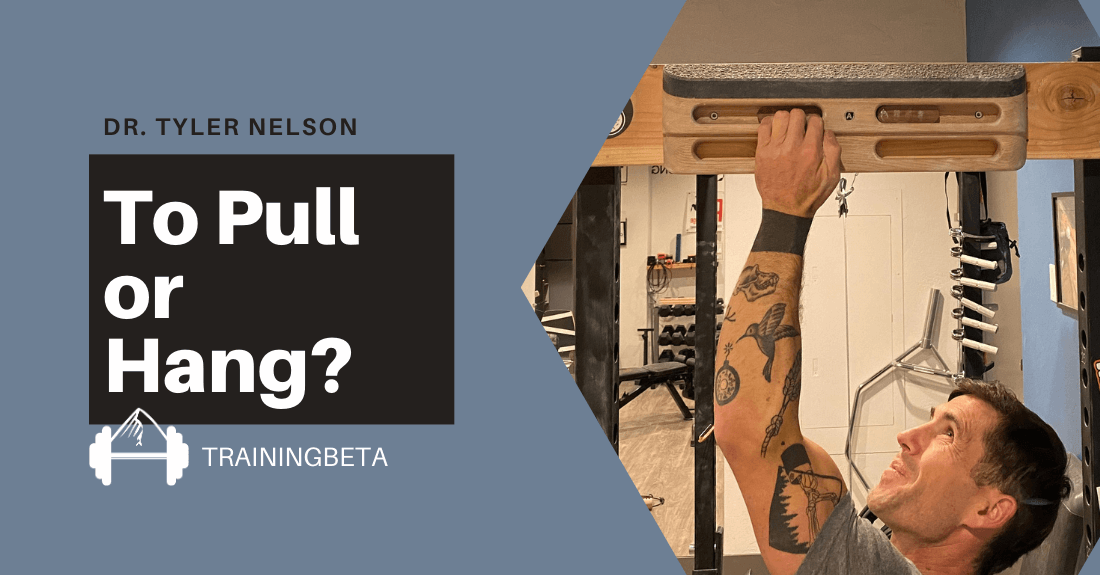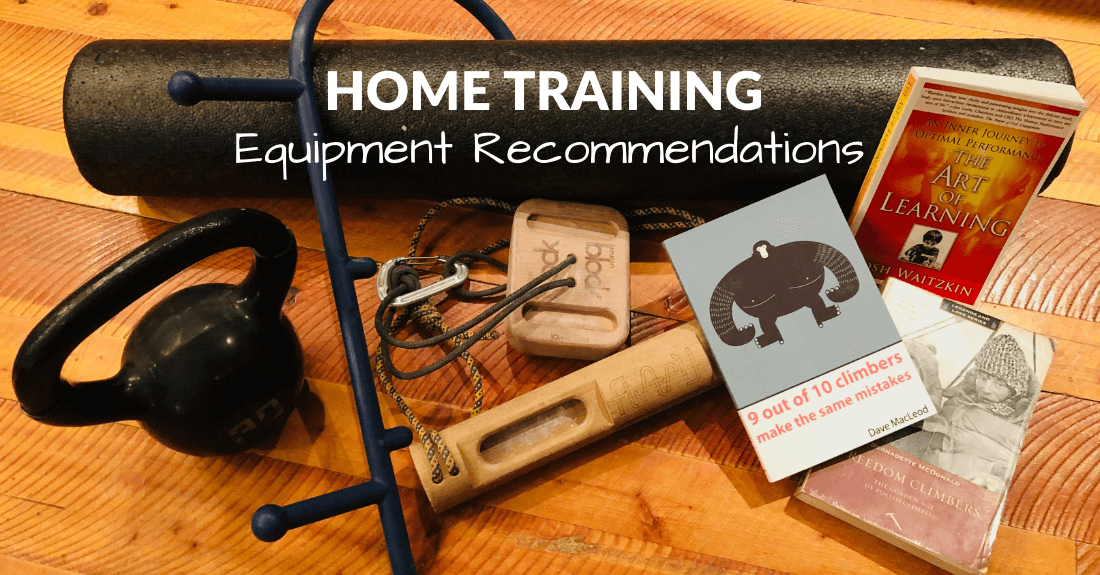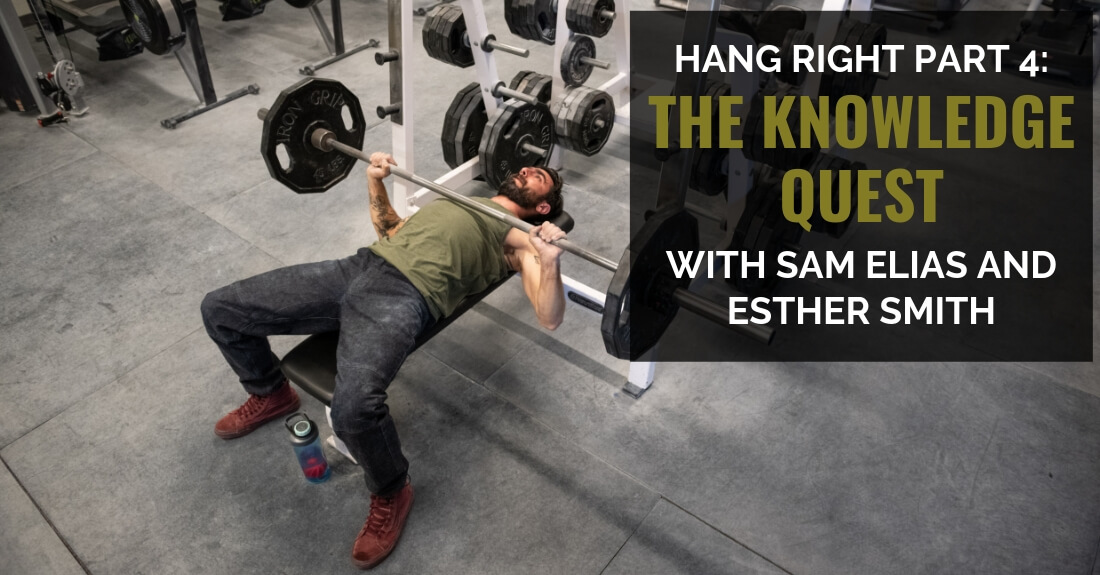This post is a Q&A with famous alpinists, Steve House (UphillAthlete.com) and Scott Johnston, on their new book, Training for the New Alpinism, and their own alpine careers.
Enter Steve and Scott…
What motivated you to write Training for the New Alpinism?
Scott:
Steve and I had been kicking around the idea of putting our experiences with his training down in writing for a few years. We knew of nothing like this book existed in any language and we knew we had gained knowledge that was unique in the climbing world. What really kicked us into action was that during Steve’s 2009 Beyond the Mountain book tour he was repeatedly asked what he did for training. His stock response became “I could tell you, but it would take a whole book to explain it.”
How is a specific training program beneficial for alpine climbing?
Steve & Scott:
Alpine climbing is highly dependent on aerobic fitness. In our book we outline a training program that is based on general fitness moving to more climbing-specific fitness. Most climbers only train specifically by going climbing. Properly timed and executed specific training placed upon a large base of more general training will ultimately lead to the highest fitness.
What is the best way to balance strength and endurance for climbing?
Scott:
That would depend on the type of climbing you’re training for and your personal training history. If you are very weak you will need more strength training. If you can do a one-arm pull up but get out of breath climbing the stairs then you will need to focus on aerobic endurance training. Strength is the foundation for endurance more than endurance being the foundation for strength. So, we place an emphasis on strength training in conjunction with basic aerobic conditioning as being the two cornerstones of our program.
How important is nutrition to training?
Scott:
Nutrition is one of the key supports of health. Without the health of the athlete no training program can be successful. Nutrition also plays a huge role in recovering from hard physical work. We devoted an entire chapter in the book to the nutritional needs of alpinists.
What do you eat when training?
Steve:
A balanced selection of foods, including carbohydrate, fat, and protein.
What changes have you noticed in the alpine climbing world?
Steve:
When I started climbing new routes in Alaska in 1995 we were experiencing the beginnings of a tactics-change that brought massive reductions in the time it took to climb big routes. For example, in 2001 I climbed a route called the Infinite Spur with Rolando Garibotti in 25 hours (to the summit, plus another 20 hours to descend to base camp). The previous fastest time was 7 days. The shift was that we went really light. We didn’t bring a tent or multiple sleeping bags, etc. We climbed until we needed a break, then stopped for 2-4 hours, hydrated, napped, then continued. This made a lot of sense in the land of the midnight sun; but now this tactic has spread to big climbs throughout the world. This evolution in climbing was tactical, not physical. We were fit from climbing, but not fit compared to a world-class athlete in another sport such as running.
Future gains in speed, and therefore safety, will continue the developing trend of applying directed training to ultra-long physical efforts. This will allow future, fitter climbers to climb quickly, efficiently, and therefore as safely as possible. Ultra-runners and ski-mountaineering racers are starting to get into climbing. When a truly well-trained individual starts climbing—someone who has been following an intelligent training program for 10 years or more (as is common in say running or XC skiing)—then we will see unbelievable accomplishments in the mountains.

Steve House engaging FTb fibers to climb a steep granite crack in Mizugaki, Japan. (Photo Eva House)
What has been your toughest climb?
Steve:
The Rupal Face on Nanga Parbat comes to mind because the climb took 8 days and we had to operate on a minimum of food and sleep, and climb to the ninth-highest summit on earth. Most other hard climbs I did we were able to go very light, and complete the climbs very quickly; you suffer much less on those climbs since the pack is lighter and you’re done in 36-48 hours. Eight days leaves a bigger mark on one’s psyche.
What were some of your favorite climbs?
Steve:
I think of my climbing in main areas: Alaska, Canadian Rockies, and the Himalaya. Each has its own highlight. In Alaska it would have been climbing the Slovak Direct in 2000 with Mark Twight and Scott Backes. In the Canadian Rockies it would be climbing the north face of North Twin in winter with Marko Prezelj. And in the Himalaya it would certainly be climbing a new route on the Rupal Face of Nanga Parbat with Vince Anderson in 2005.
What do you do when not climbing?
Steve:
I run a guide service, Skyward Mountaineering. I write books. I ski tour in my home mountains, the San Juans. And of course I train and go climbing.
What are some of your upcoming climbs?
Steve:
This year I’ll make two expeditions, to the Indian Himalaya and to Denali, both with the Alpine Mentors group.
Tell us more about Alpine Mentors.
Steve:
You can hear the genesis-story of Alpine Mentors in the video on our website www.alpinementors.org. I run this 501-c-3 with my wife, Eva, and it’s 100% volunteer—both the organizational work as well as the mentoring. Our mission is to promote alpinism by encouraging, coaching and climbing with technically proficient young alpinists who aspire to climb the world’s great mountains in a lightweight, low-impact style
You’ve done some work for Patagonia designing and giving input on gear, what are some of your favorite pieces?
Steve:
I’m especially proud of the R1 hoody because it has become a staple piece for climbers everywhere. I also am flattered that almost every company has attempted to copy it. To my eye, none have been able to improve upon our original design.
Tell us where we can find your book and more information about you.
Steve:
The book, Training for the New Alpinism, is available online and in Patagonia stores everywhere. My website is www.stevehouse.net and you can find me on Twitter & Instagram @stevehouse10.
That’s it! you can get their new book here if you’re interested! And you can find Steve House at Uphill Athlete.






I’m an older hiker age 72 who bought your book back several years ago. I’ve been trying to create my transition plan. I hiked about 300 hours last year which averages 6 hours per week. Starting off at 50% would be 3 hours/week: a long weekly hike of 25% is 45 min and the 1 zone 2 hike is 20 min. That leaves almost 90 min of zone 1 to complete on the remaining days which causes me to actually hike longer on at least one day than my planned long hike. What am I missing, my thought was maybe the 25% long hike should be calculated using last years numbers, That is not halving that number.